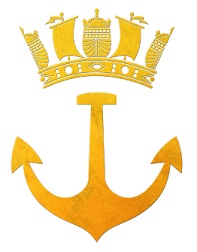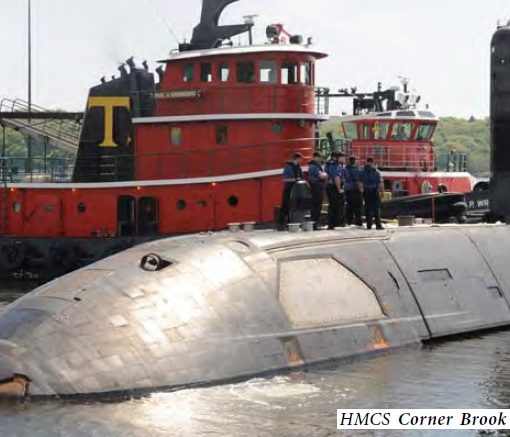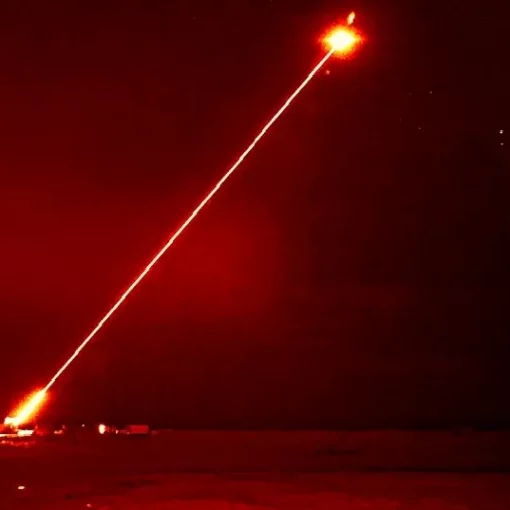By Dan Middlemiss, 24 August 2025
The accelerating development of naval drone systems has left navies, both large and small, scrambling to find doctrinal bases for deploying these systems. In a way, to put a new spin on an old adage, invention (drones) has become the mother of necessity (doctrine). Most navies seem to want these rapidly evolving systems, but there is no consensus on concepts of operations thus far.
In a thought-provoking article, Peter Layton offers a possible concept of operations for smaller navies.[1] His argument can be broken down into the following main points:
1. Small navies have structured themselves around small numbers of fairly expensive warships and submarines;
2. This force structure will be ill-suited to a major conflict for two main reasons: (a) attrition will inevitably be very high within a relatively short span of time; and (b) these losses cannot be quickly be replaced because shipbuilding takes too long.
3. Therefore, in such a major conflict, traditional high-value warships would likely be quickly withdrawn from direct combat to support roles, and should be replaced by large numbers of relatively inexpensive uncrewed vessels and aircraft.
4. While these uncrewed systems cannot fulfil all the roles of frigates and destroyers, they would be very useful for area sea-denial tasks.
5. Moreover, these uncrewed systems can be built cheaply and quickly to sustain the force.
Layton’s arguments challenge the conventional wisdom about the appeal of large, general-purpose warships for small navies. And while Layton’s central premises can be challenged on several grounds, they do highlight a key problem for small navies and offer a possible solution.
While his analysis focuses on Australia, it will be interesting to ascertain how the RCN’s future fleet-mix study is dealing with some of the issues raised by Layton.
Notes
1. Peter Layton, “Australian navy should go hybrid to outlast a big war”, The Strategist, ASPI, 8 August 2025. https://www.aspistrategist.org.au/australian-navy-should-go-hybrid-to-outlast-a-big-war/
Image: The NOMARS program’s prototype crewless naval vessel, USX-1 Defiant, completed construction in February 2025. Credit: Serco North America via DARPA





One thought on “Small Navies in Major Wars: A Hybrid Solution?”
Peter Layton’s article usefully sharpens the debate, but his prescription of replacing high-end ships with swarms of cheap drones is not the silver bullet some would like it to be.
Attrition and Survivability
Layton is right that attrition in a major war will be brutal and that you cannot build frigates or submarines fast enough to replace losses. But uncrewed systems will suffer the same problem just at a different scale. The Ukraine war shows this clearly: while drones can be built faster, they are also burned through at astonishing rates. Cheap platforms are expendable, but when your adversary adapts with jamming, directed energy, or layered air defence, the loss rates can still become unsustainable. Simply assuming that ‘quantity’ solves the attrition problem is an illusion.
Role of Crewed Warships
Where Layton’s logic breaks down for smaller navies like the RCN is in the diplomatic and operational utility of major surface units. Canada’s Halifax-class frigates have spent the past three decades proving their value in coalition operations, whether interdicting narcotics in the Caribbean, enforcing sanctions in the Adriatic, or sailing with NATO task groups in the High North and Black Sea. A swarm of drones cannot do freedom-of-navigation patrols, cannot escort a tanker through the Strait of Hormuz, and cannot host a boarding party or reassure allies through visible presence. Those require crewed ships with endurance, command systems and human decision-making.
The False Economy of Drones Alone
Yes, uncrewed systems are cheaper and quicker to build. But they are not free. A networked fleet of unmanned surface and undersea vehicles still requires launch platforms, communications networks, maintenance depots and trained personnel to operate the systems and process their data. Without a backbone of multi-role ships to provide those enablers, the drones are just pieces of kit floating in the water. Even Ukraine’s much-touted USVs work only because of constant external intelligence, targeting and logistical support.
Industrial and Strategic Limits
Australia’s dispersed innovation base (Bluebottle, Ghost Shark, Speartooth) makes Layton’s hybrid model plausible there. Canada’s industrial landscape is far less mature in this field. The RCN cannot suddenly pivot to a mass-drone force without years of investment in industry, doctrine and training. To imagine otherwise risks creating paper fleets of concepts with no operational depth.
A Realistic Path: Complement, Don’t Replace
Where Layton is correct and where Canada can learn is in the hybrid approach. Drones and ground-launched missiles can supplement and thicken a force that will always be numerically thin. They can extend ISR coverage, complicate an adversary’s targeting problem, and provide attritable strike options. But they cannot replace destroyers, frigates, or submarines as the backbone of a navy. For Canada, that means integrating uncrewed systems into the future fleet mix, not using them as an excuse to hollow out the already limited number of high-end surface combatants.
Layton is right to highlight the attrition problem and the opportunity of uncrewed systems. But for small navies like the RCN, drones are a supplement, not a substitute. Without capable crewed warships at the core, you end up with a fleet that may look cheap and numerous on paper but in reality, lacks endurance, survivability and credibility in both war and peace.